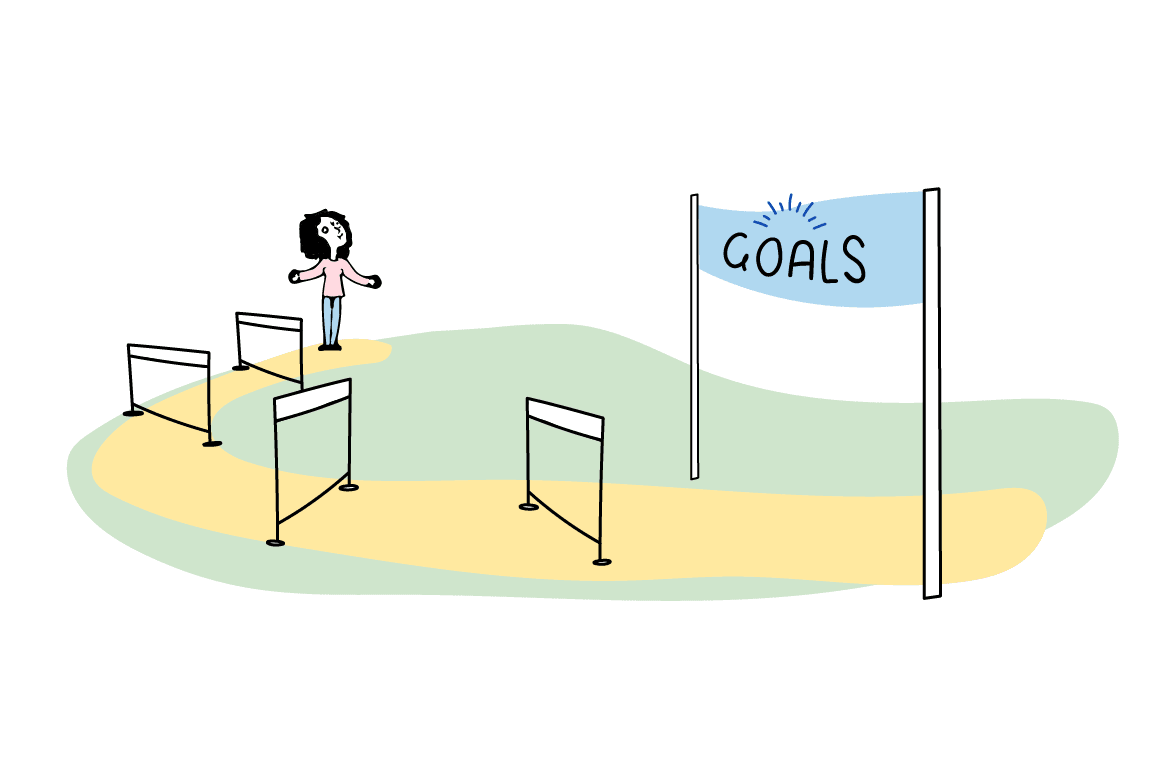How To Prioritise Your Technology Pain Points
Technology investment is ever-growing. You pour your budget in, and the list of projects continues to expand. You want to address data privacy, analytics, mobile, content management, and much more, but resources often feel stretched thin. Managing technical debt has only gotten more complex. Here’s how you can prioritise your technology pain points and transform your business effectively in 2024.
What is a technology pain point?
A technology pain point is any problem that stands between you and efficient business operations. Examples include slow response times, website crashes during peak usage, data privacy concerns, and inefficient data management. These obstacles not only hinder customer experience but also negatively impact internal workflows.
In 2024, adopting a proactive approach to address technology pain points is more critical than ever. Ignoring these issues can lead to missed opportunities, loss of brand reputation, and escalating technical debt.

How to Prioritise Technology Pain Points in 2024
Before diving into new projects, it’s vital to take a step back and assess your current technology landscape. This year, the focus has shifted towards data-driven decision-making and business process automation to drive efficiency. Here’s how to tackle the prioritisation process effectively in 2024:
1. Assess Your Current Technology
Start by evaluating if your existing technology solutions are sufficient to meet your business goals. Identify which processes are slowing you down and what gaps exist in your technology stack. For 2024, emphasise the importance of solutions that enhance team collaboration, improve customer experience, and provide robust analytics.
2. Evaluate Business Processes and Technology Integration
Determine how well your technology supports your business processes. Look for opportunities where process automation and streamlined workflows could address current pain points. With 2024’s advancements in AI and machine learning, automating repetitive tasks is a clear priority to free up resources and focus on strategic initiatives.
3. Create a Priority List Based on Impact
After gathering input from different departments and understanding top-level goals, categorise your technology pain points as follows:
• Critical: Problems that halt day-to-day business operations, affecting staff and stakeholders. These should be addressed first.
• High: Issues that, while not halting business, consume significant time due to workarounds.
• Moderate: Problems that don’t disrupt business operations but require streamlining for better efficiency.
• Low: Minor concerns that can be addressed once higher-priority issues are resolved.
• Nice-to-have: Quality-of-life improvements that are not urgent.
For 2024, the emphasis is on using a data-driven approach to identify which critical issues cause the most significant setbacks. Addressing these first creates a unified project milestone.
4. Incorporate Quick Wins
While prioritising, include easy wins in the first round of projects. These are projects that require minimal investment in time and resources but can significantly enhance operations. In 2024, companies are encouraged to seek solutions that boost productivity immediately, like integrating AI tools for customer support or adopting cloud-based project management systems.
5. Focus on Security and Compliance
Data privacy and cybersecurity remain top priorities in 2024. Addressing these pain points early can prevent costly data breaches and ensure compliance with regulations. As remote work continues to be the norm, securing digital assets and networks is more vital than ever.
Validate and Communicate Progress
If outsourcing is part of your strategy, validate the software development company’s ability to address your technology pain points effectively. In 2024, the trend is to select vendors who can quickly deliver on initial pain points, proving their effectiveness before moving on to more extensive projects.
Keep the entire team engaged throughout the process by sharing updates and celebrating wins. Visibility into project progress helps maintain momentum and reinforces the importance of prioritising technology pain points.
Conclusion
In 2024, prioritising technology pain points is about combining proactive problem-solving with data-driven insights. By focusing on critical areas such as security, process automation, and customer experience, businesses can create a roadmap that not only addresses current challenges but also sets them up for future success.




.png)











